Another week, another shooting. I might be becoming desensitized to gun violence, but when we live in a world where news of mass shootings is a regularly occurring trending topic on social media, it’s hard not to.
It’s easier to just sum it up as just another day in America. Almost no place is safe any longer — not malls, diners, movie theaters, concerts, churches, nightclubs, or schools.
 REUTERS / Loren Elliott
REUTERS / Loren Elliott
Santa Fe High School student Sierra Dean mourns the death of her friends killed in a recent shooting.
Seventeen students dead at a school one day and then 10 another day. How many will it be next time? Even one is too many. Of all places, schools should be a safe harbor, but they’re starting to seem more like a war zone in this country. There have been 23 school shootings in the United States in the first 21 weeks of 2018, according to a report released by CNN. That’s an average of more than one shooting per week.
I hate to admit it, but it’s tempting to accept that this is just the way things are going to be in this country from now on. Kids will go to school fearing for their lives, wondering if one of their classmates will decide to pull the trigger on them and their friends. All the while, lawmakers and the NRA sit back and let it happen.
Mass shootings don’t come as a shock anymore. It’s become normalized. We shouldn’t accept that, though. Instead, we should be outraged that this has become the new normal. Everyone (with an ounce of humanity) should be appalled that young lives are senselessly taken by gun violence week after week, month after month, year after year.
Clearly, some lawmakers value gun rights and the NRA’s lobby money more than they do innocent kids in classrooms. But at some point, it becomes the government’s responsibility to do something to curb this mass shooting epidemic. A good place to start would be working to change how easy it is for someone to get a gun in this country. It’s pretty backwards that Walmart can sell guns everywhere, but in some states can’t sell liquor.
It makes absolutely no sense there are ways to purchase a gun without first having to go through a background check. Currently, only nine states and Washington, D.C., require background checks for all gun sales, meaning in 40 states, anyone, criminal record or not, can purchase a gun from an unlicensed seller. You could be a most-wanted criminal or on the verge of a psychotic breakdown, and because of this country’s haphazard gun laws, it can still be quite easy to acquire a gun.
Or, as in the case of Dylann Roof, who killed nine South Carolinian parishioners in 2016 with a handgun he should have never been allowed to possess, you can own a firearm in three days’ time without ever even passing a background check.
It’s bad enough to consider how accessible these weapons are, without even taking into account the different types of guns people can buy. Assault-type rifles with high-capacity magazines designed to kill as many people as possible and as quickly as possible, should in no way be allowed in the hands of an untrained civilian. Why does anyone need a military-grade weapon in everyday life? That’s a recipe for disaster. The Constitution gives people the right to bear arms, but an AR-15? Really? No one needs an assault rifle to scare off a burglar or hunt deer.
To add insult to injury — literally — you only have to be 18 to buy this kind of weapon in most states. No, son, you can’t drink that beer, but you can be the proud owner of an assault weapon.
We need better and stronger gun control laws now. The “guns don’t kill people, people do” argument is old and tired. Blaming mass shootings on mental illness is similarly old and tired. And using the Second Amendment to justify owning military-grade weapons is a nice try, but tightening laws on such weapons to protect human life doesn’t infringe on anyone’s rights.
The NRA is buying our legislators’ support and has gotten a level of clout it doesn’t deserve. It’s past time for politicians to stand up to the NRA and diminish the organization’s influence over gun control policies in this country. It’s time a decent concern for human life trumped money and politics and the gun lobby.
Maya Smith is a Flyer staff writer.

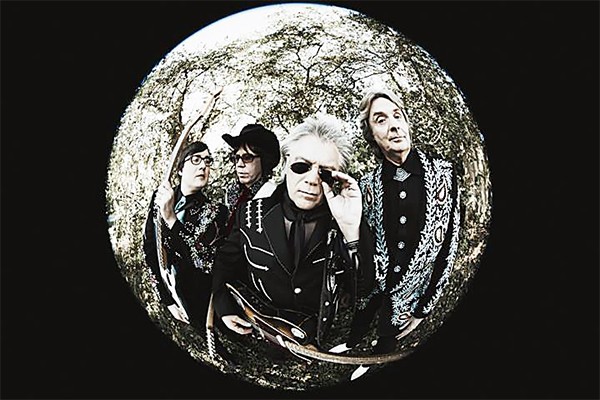


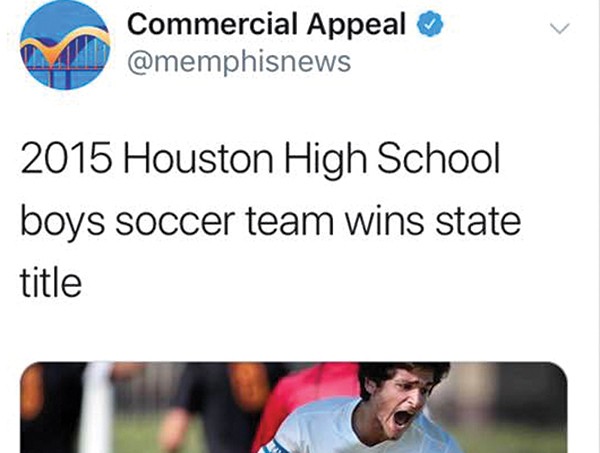
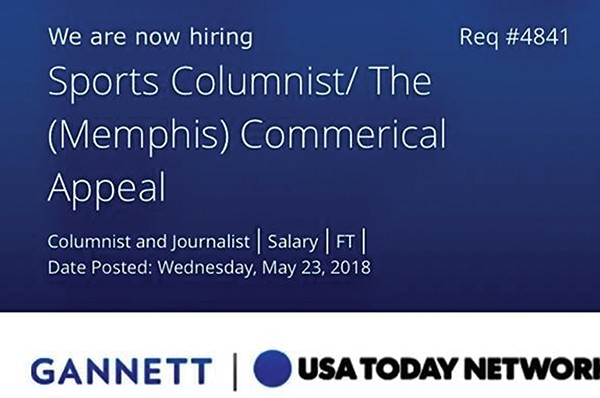

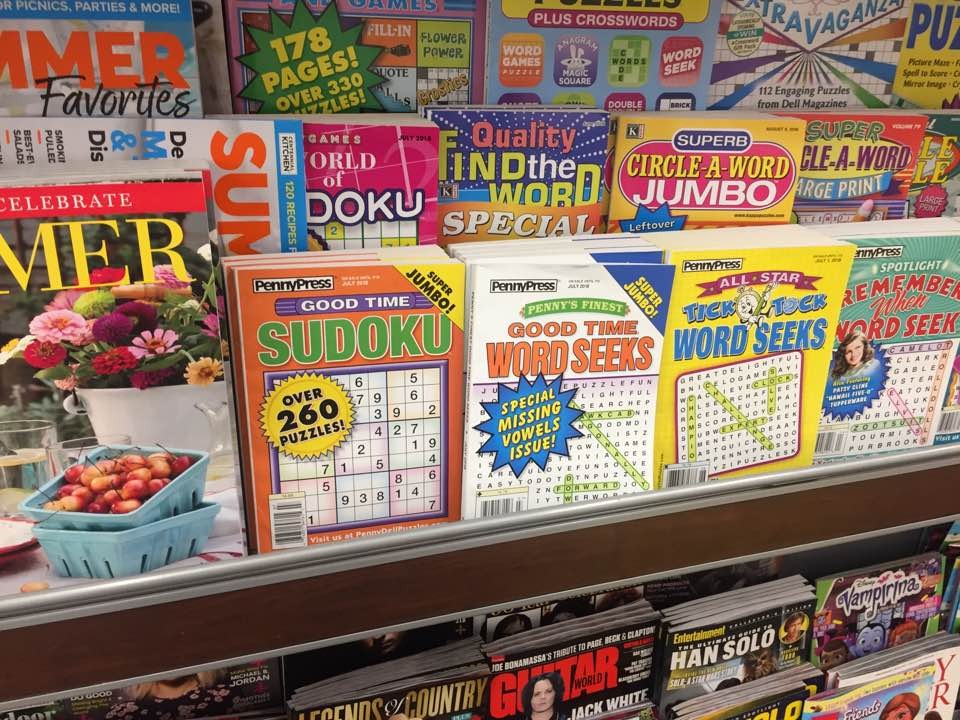
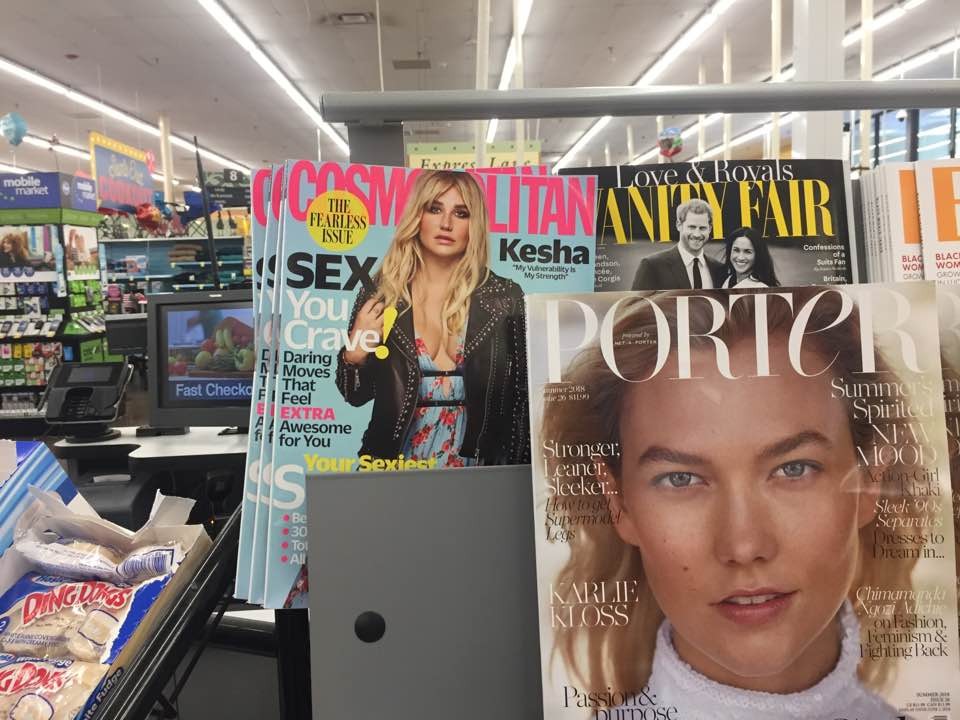
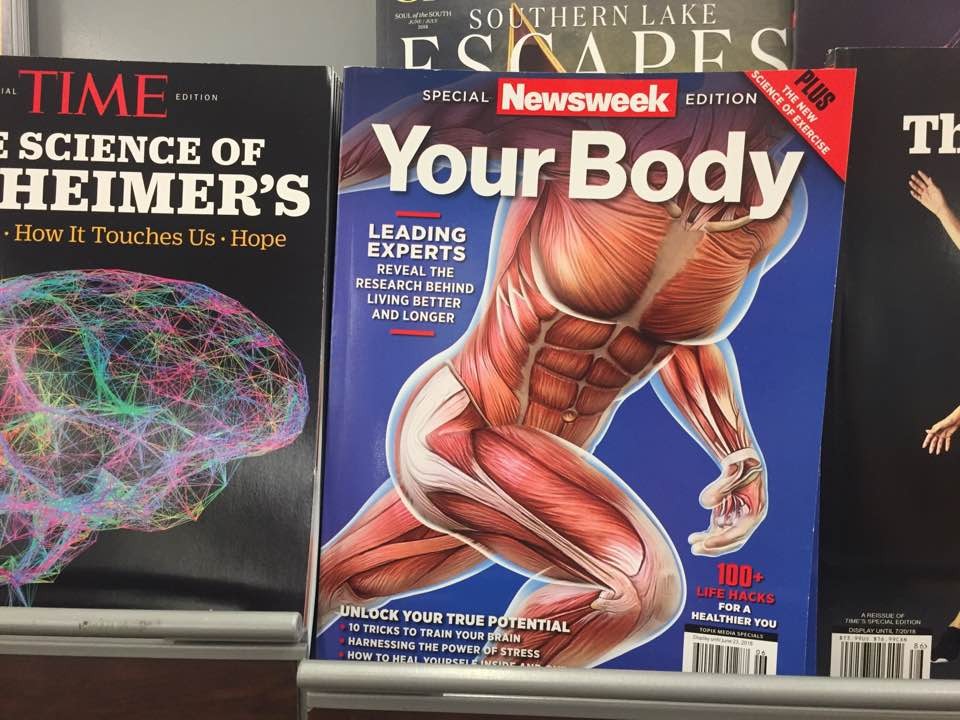

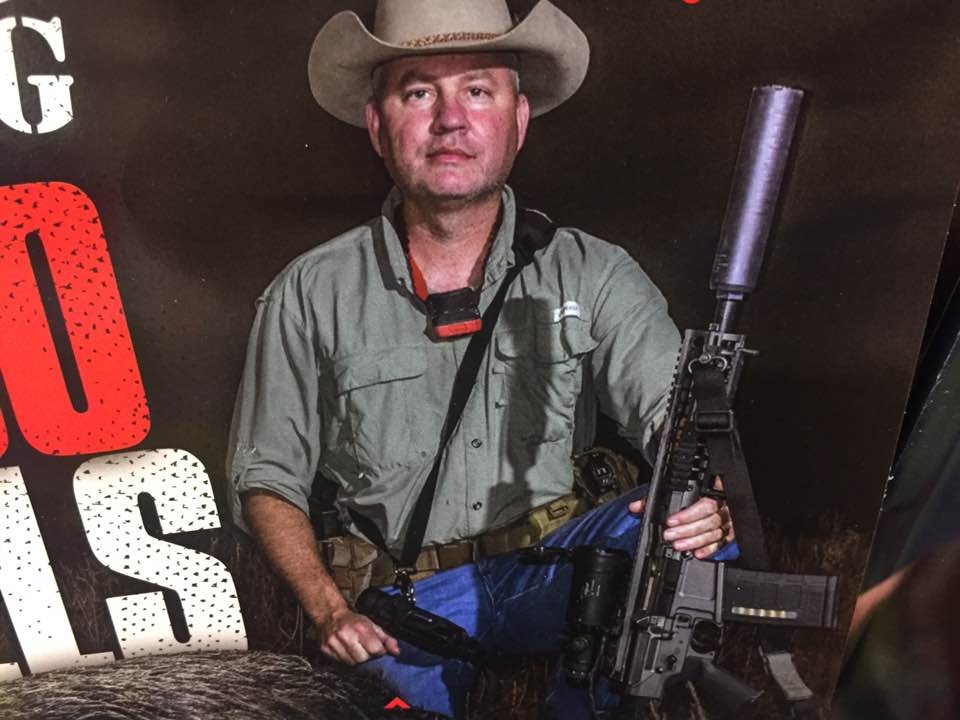

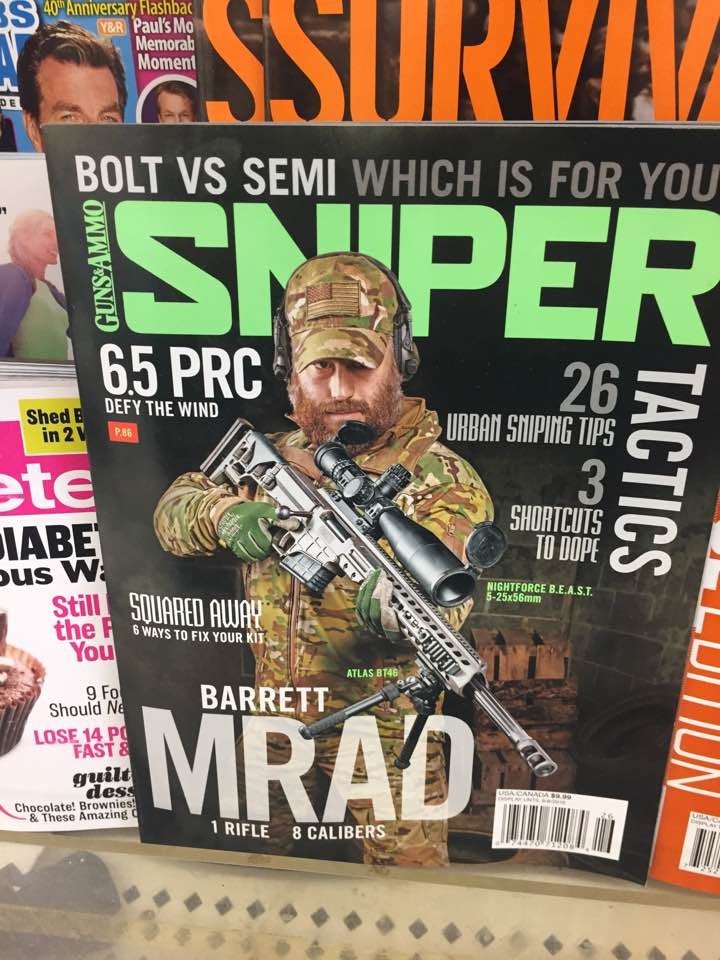
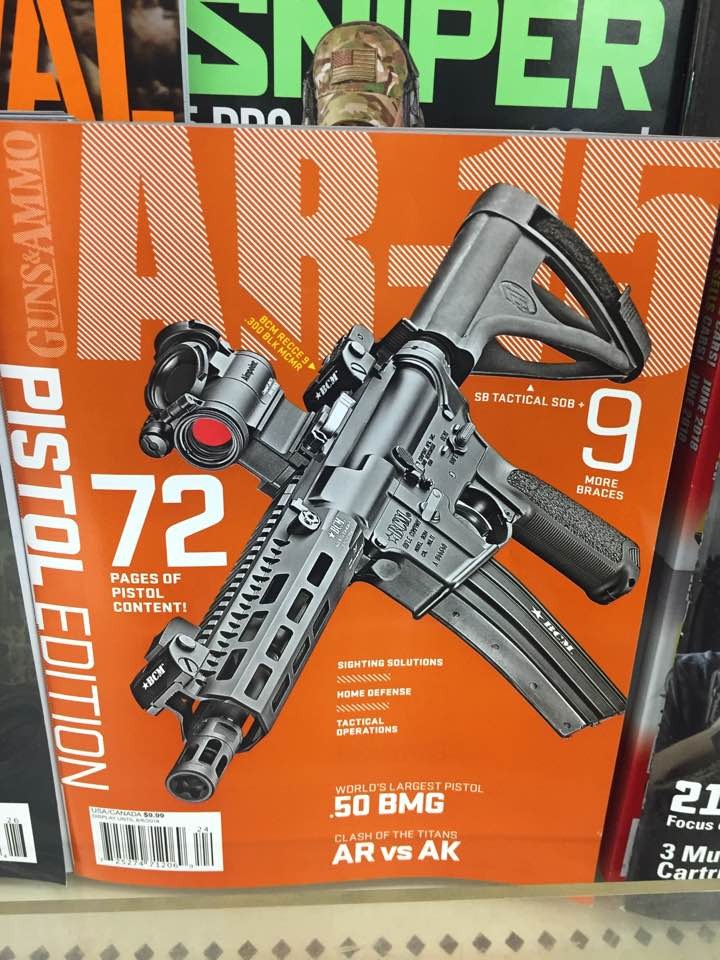
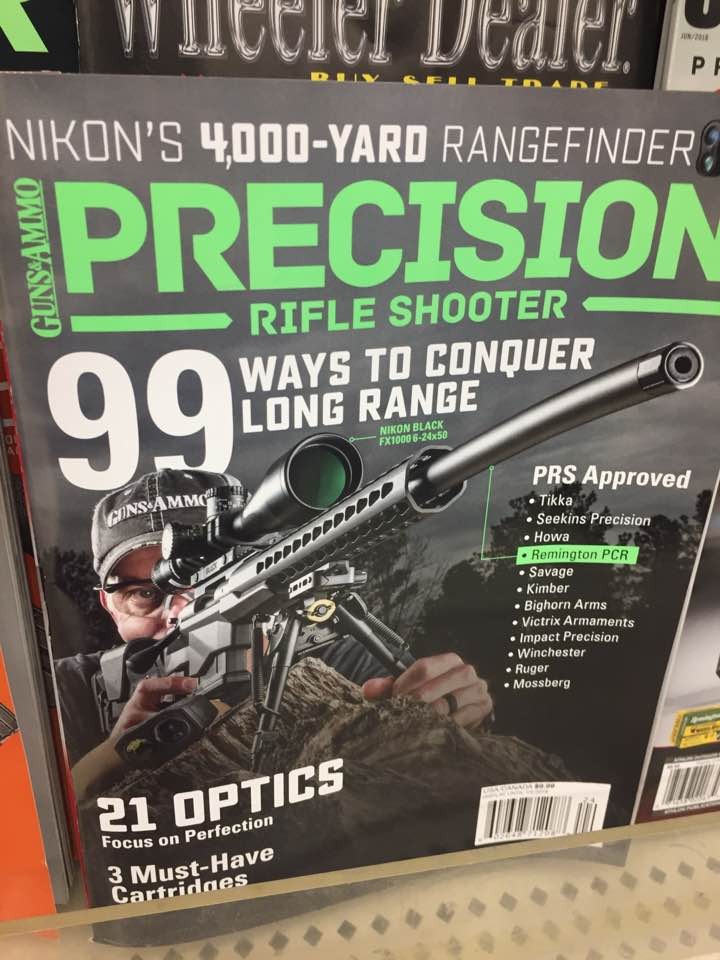
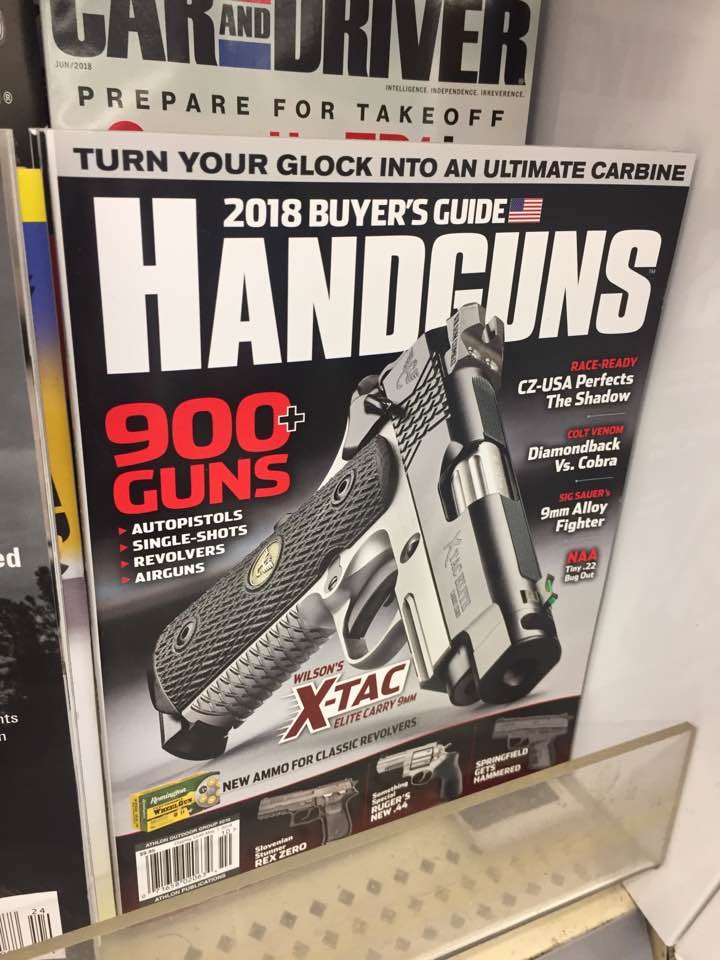
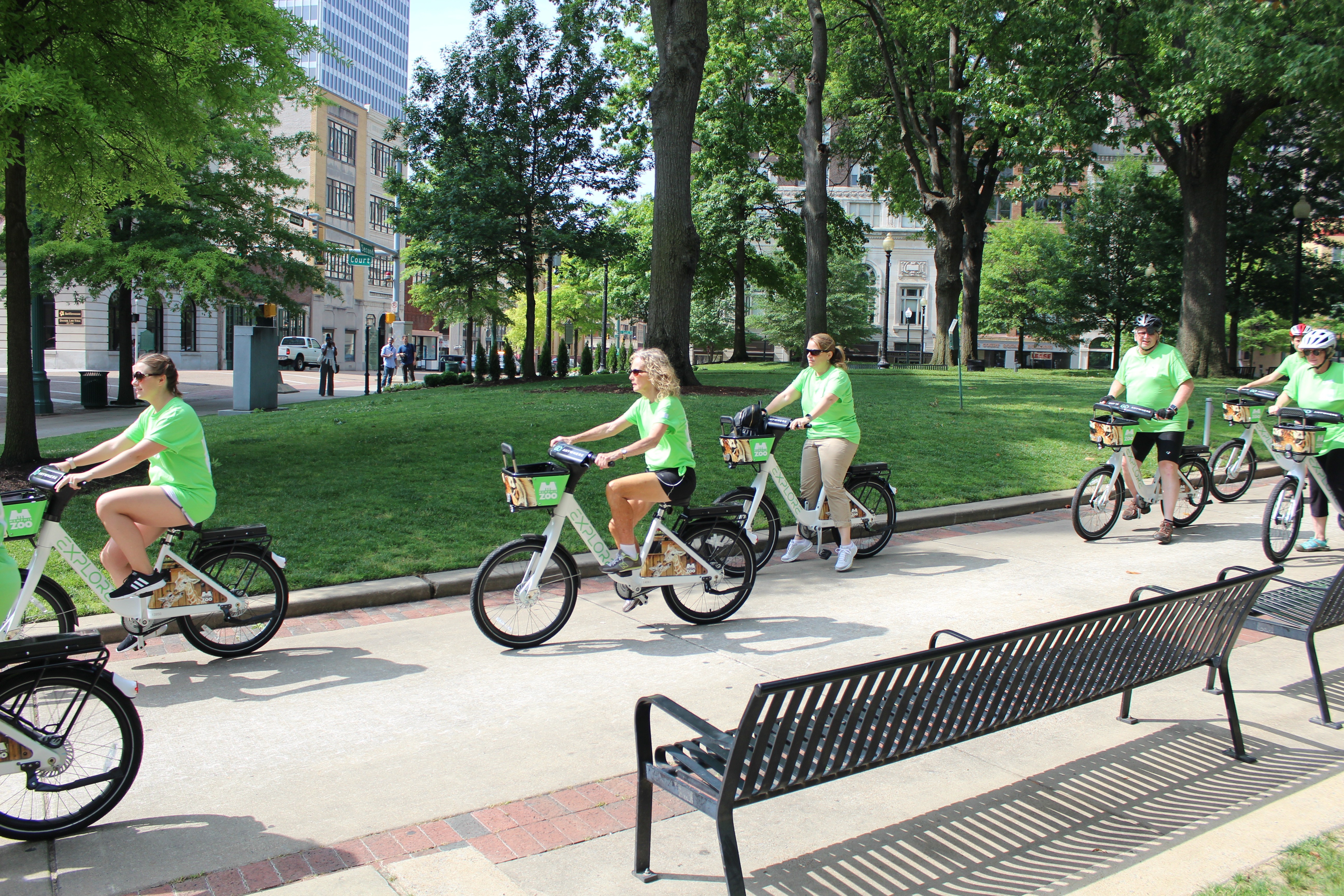
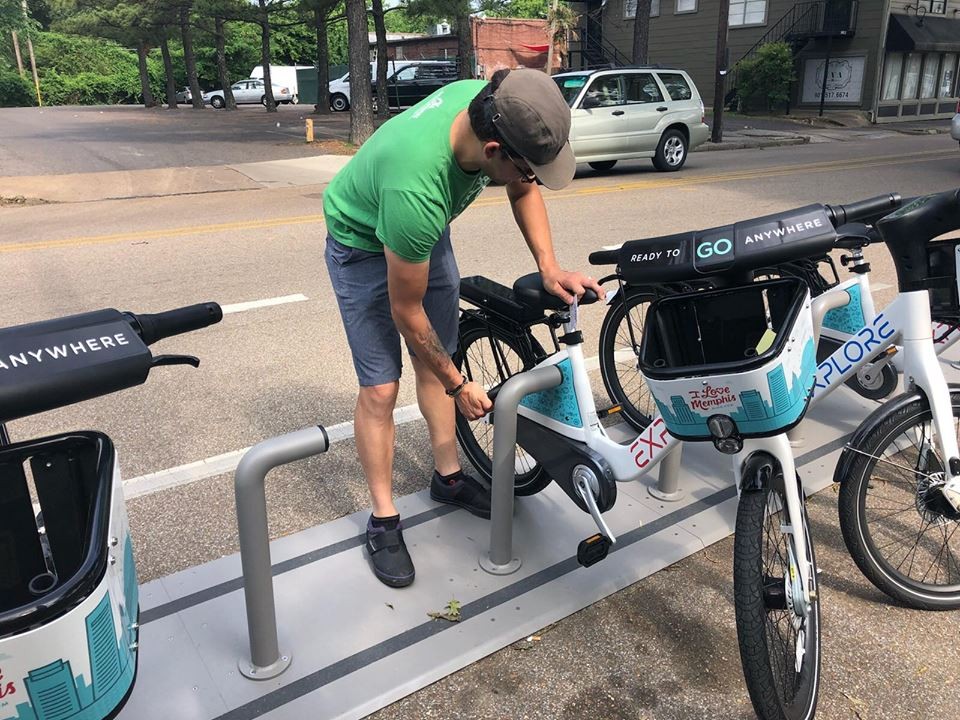
 Jaime Pharr | Dreamstime.com
Jaime Pharr | Dreamstime.com